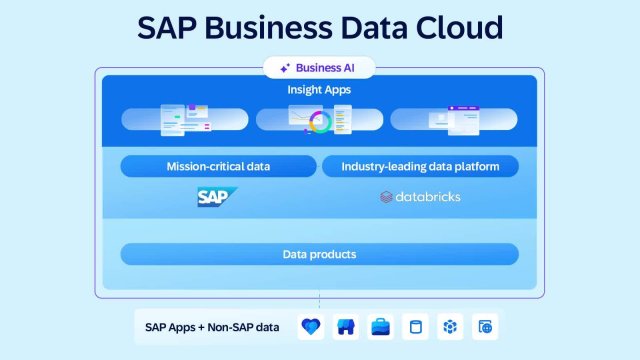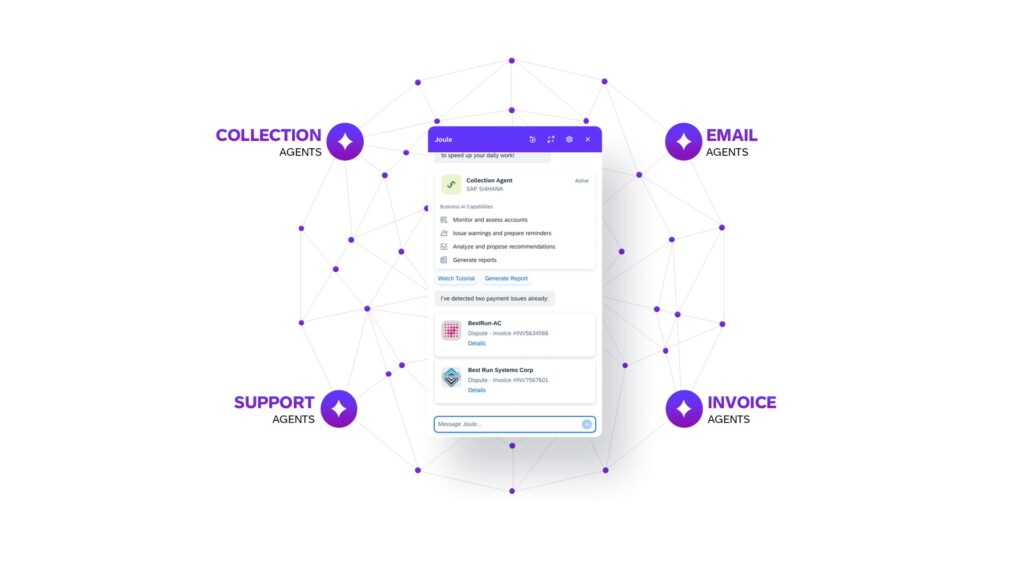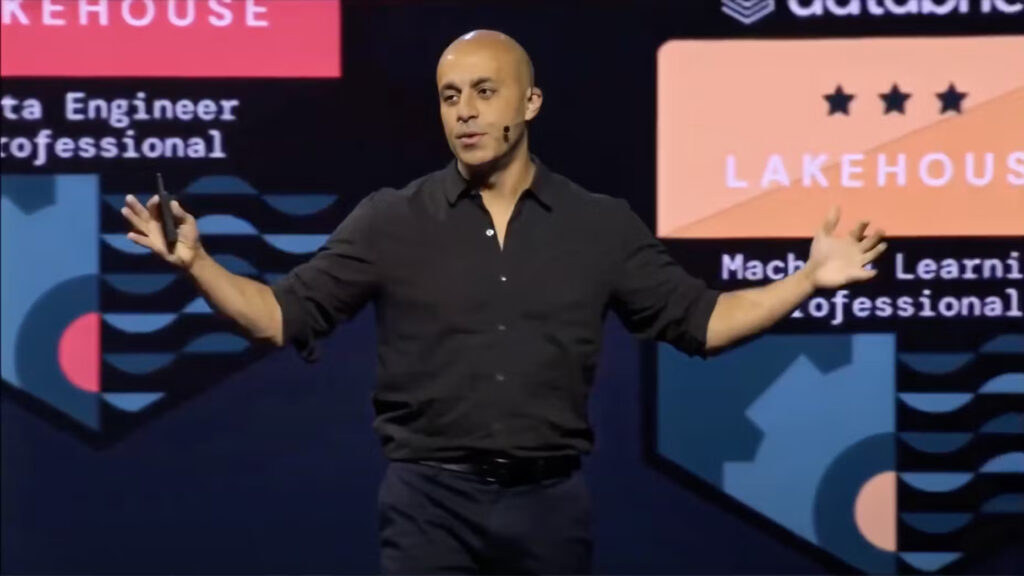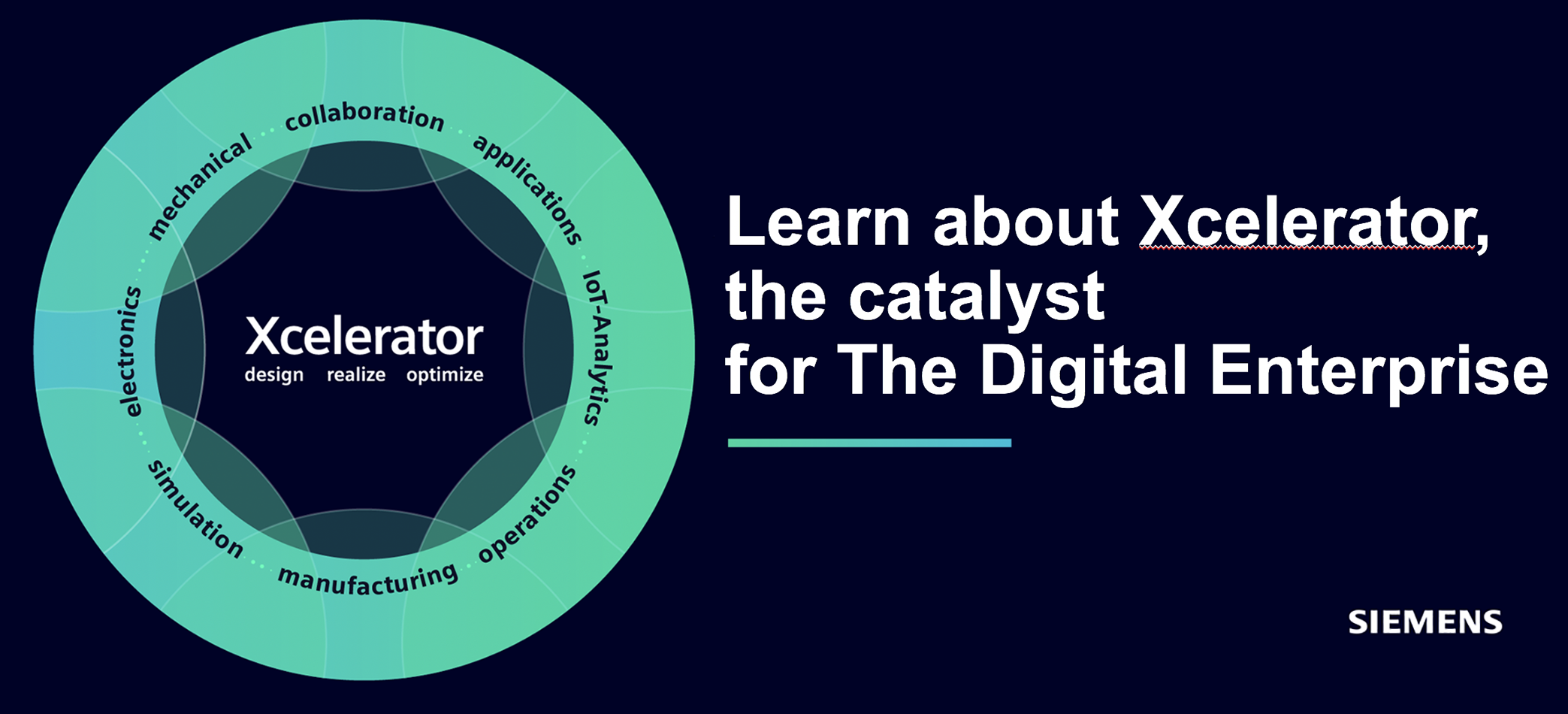The product development side of things is in full swing in SAP. Christian Klein, CEO, and his team are certainly not going to miss the opportunity to strengthen the company’s already uniquely strong market position as the world enters the new AI-driven paradigm. The launch and establishment of Joule was an initial important step in the thinking around how to attack the AI future. This launch was about a new generative AI tool, an Assistant that intelligently changes the way we interact with SAP’s systems and applications. Joule was developed with a focus on simplifying and streamlining tasks through different touch points. By providing users with intelligent insights, tailored results, and a personalized SAP experience, users can, SAP claims, “gain better control over the decision-making process.”

“Maximizing data and AI investments”
Last week, SAP took another step forward in AI: It launched SAP Business Data Cloud, a new solution that brings together all SAP and third-party data in an enterprise in one place.
On a theoretical level, this is an excellent solution that can enable informed decisions and develop better AI solutions. By aligning data from mission-critical systems with advanced data management and business analytics capabilities, SAP Business Data Cloud has the potential to pave the way for entirely new opportunities for innovation and business insights, said Ali Ghodsi, co-founder and CEO of Databricks:
“Every organization wants to get the most value out of their data and AI investments. By partnering with SAP, we’re helping companies bring together all their data – regardless of format or location. They can then manage, analyze, and develop industry-specific AI applications on the Databricks Data Intelligence Platform,” he asserted.
Increased use of data products
SAP Business Data Cloud also helps increase the use of data products from finance, purchasing, and supply chain in SAP S/4HANA and SAP Ariba to training and human resources data in SAP SuccessFactors. The data products retain their original business context and semantics, which means you can access high-quality data directly without having to extract it at great expense.
For example, if a CFO wants to assess how rising inflation is affecting profitability, SAP Business Data Cloud can combine real-time data such as the consumer price index with financial data in general ledger accounts or various cost centers. This gives the company a comprehensive picture of its financial situation.
SAP Business Data Cloud will also offer new capabilities, so-called “insight apps,” that is, customized analysis and planning tools. They use data products and AI models that are connected to real-time data. This makes it possible to make advanced analyses and plans for the entire business – from basic business analytics and finance to HR.

New AI agents solve complex business challenges
Additionally, SAP Business Data Cloud also enables Joule to use AI agents to accelerate workflows and improve decision-making across business areas. Joule uses the SAP Knowledge Graph, a data model that provides the highest quality business data. Joule agents, SAP claims in the press release, “understand business processes in depth and can collaborate across departments to solve complex business challenges in a way that no other AI agent solution can.”
Speaking of Joule, SAP is also introducing several preconfigured Joule agents for SAP Business Suite with the Business Data Cloud. They cover areas such as finance, service, and sales – with more to come. In finance, for example, agents can collaborate to handle claims faster and improve cash flow, while sales agents can speed up multi-step processes to resolve cases and answer customer questions.
SAP is also launching a new and powerful feature for building and deploying your own AI agents, in addition to the Joule agents included in the SAP library.

Smoother connection between PLM, ERP and AI can break down silos
Bottom line: When different systems speak the same language, collaboration between technology, production and finance is simplified. This allows companies to shorten lead times, update product designs faster and more flexibly adapt to market needs.
With Databricks’ expertise in big data and SAP’s leadership in ERP, the opportunity opens up to tear down the barriers between product development (PLM) and business processes (ERP) – with AI as the common denominator.
But things often sound simpler than you think when it comes to AI and it normally takes time and work to train the models on what you want them to understand and be able to communicate sensibly about.






